Due to the time scales of the World Pacific Rally, we knew that our main event in Panama would be the transit of the Canal. However, we still wanted to see something of Panama before we moved on and we managed to squeeze in a couple of trips.
One excursion was a half day tour of Panama City, the busy capital of Panama. The city was actually founded in 1519 by a Spanish conquistador Pedro Arias Davila and it had been a key stopover on one of the most important trade routes in the American continent. However, our excursion focused on the more recent history of Panama City, particularly the events leading to Martyrs’ Day. This is a day of national mourning commemorating the events of 9th January 1964. This day marked the start of anti-American riots over the sovereignty of the Panama Canal Central Zone. The riots started after a Panamanian flag was torn and students were killed during a conflict with the Canal Zone Police officers and Canal Zone residents. Things escalated quickly and, to such an extent, that units from the US Army became involved. After three days of fighting, about 22 Panamanians and 4 US soldiers were killed. The incident is considered to be a significant factor in the US decision to transfer control of the Canal Zone to Panama.
Our tour was a drive around the city viewing the key buildings and locations, especially those connected to the riots. Most of these were seen out of the bus window and were difficult to photograph, but a highlight of the trip was a walk up to Ancon Hill viewpoint. Not only was this a welcome relief to stretch our legs, but it also provided us with amazing views over the city, old and new and the Canal Zone including Miraflores Locks.
Another trip (which we actually did from Shelter Bay before the transit) was a day trip up the Chagres River to an Embera Village. The Embera are the indigenous people of Panama and Columbia who used to live in dispersed settlements along the rivers of the two countries. Nowadays, many have moved away into more urban areas, but there are still those who choose to follow a more traditional lifestyle and they have formed villages along the rivers. Their lives remain simple, but there is much evidence of the impact of the outside world too.
From the marina, it was an hour’s bus journey before transferring to trucks which took us along a dirt road down to the river. Here we were met by the Embera men who escourted us on the final part of the journey in dug out canoes up the river. This was a hard job for them as the river was very low and, in several places, they had to get out and push.
The whole village had turned out to greet us. It was interesting to see variety of tattoos that adorned both the men and women. These are inked on using a blue black dye made from the unripe fruit of the jagua tree. The geometric designs represent the cycle of life and special ceremonies like births and marriages. These are temporary lasting about two weeks before fading.
We were welcomed by the chief of the area in the village’s newly built community space. Here we learnt about the history of the Embera and were introduced to their traditional crafts of carving, bead work and basket weaving. Each family produces products using these techniques which are then on show around the circular space, each family having a table to display their wares for sale.
Whilst the visit to the village was fascinating and it was great to hear about the traditions and culture of these people, there was always a question in our minds as to how much of this was real life for the villagers and how much was a show for the tourists. This was especially so having visited the school in the village and seen the children and teacher displaying a more modern approach to life!

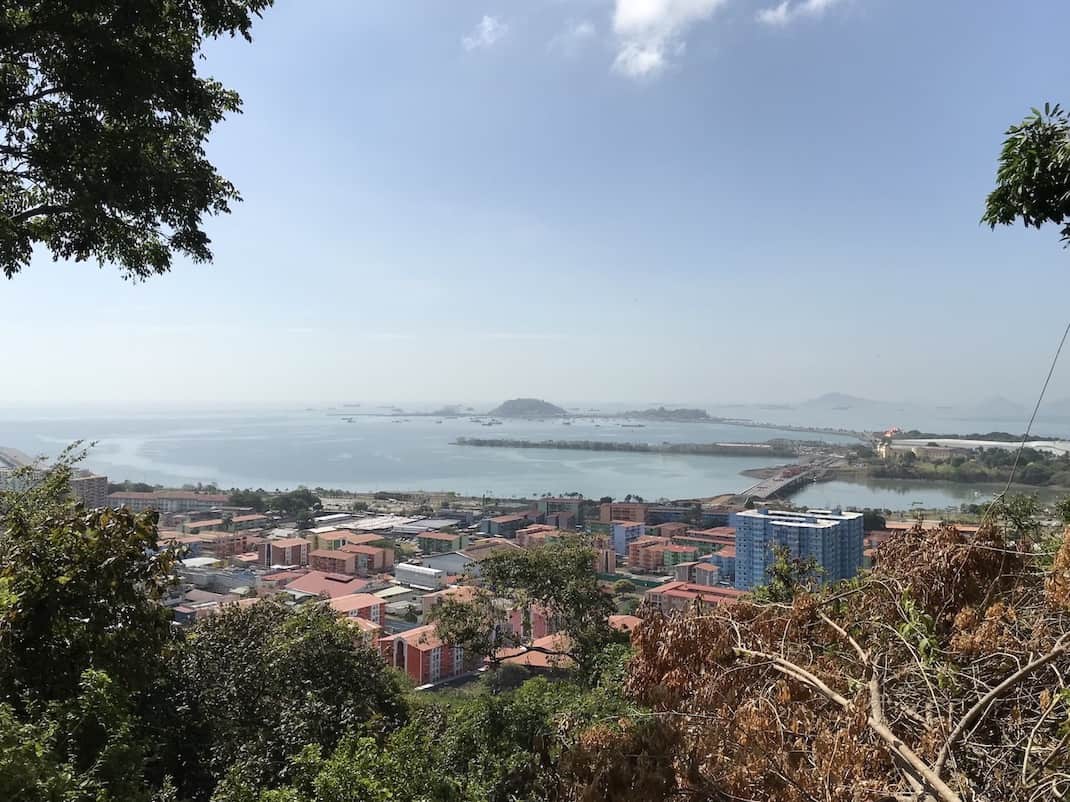
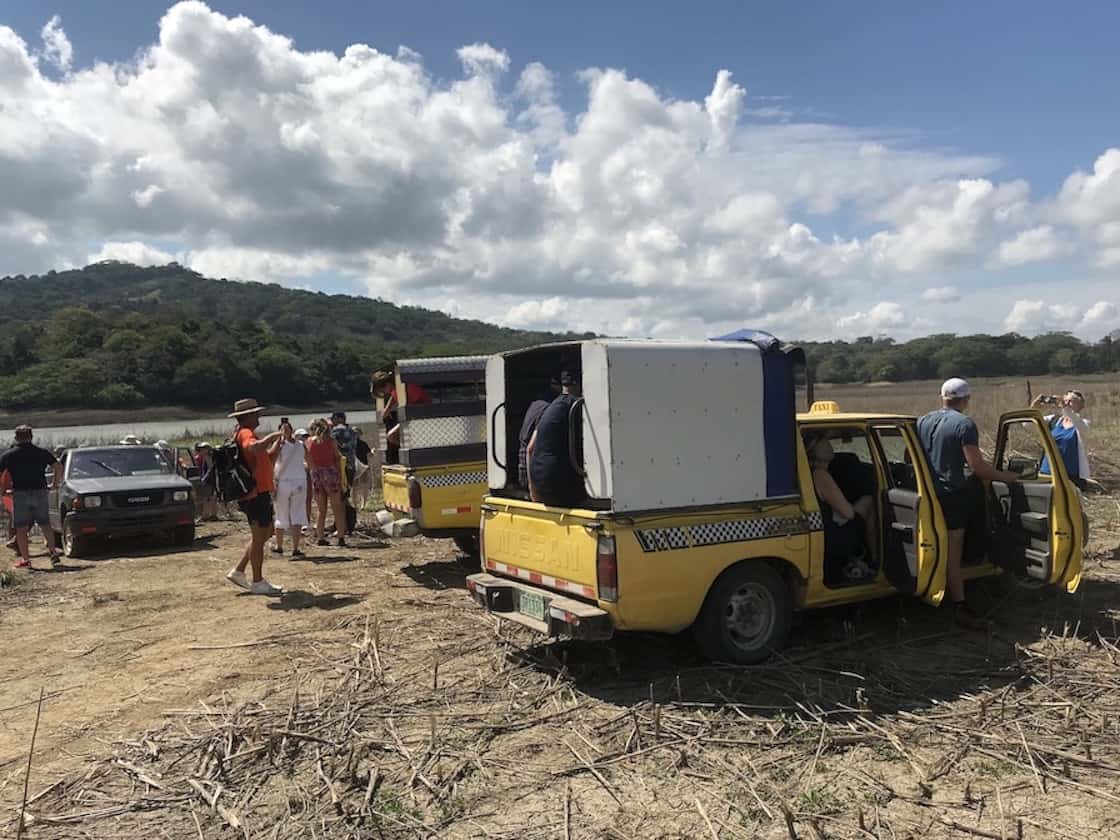
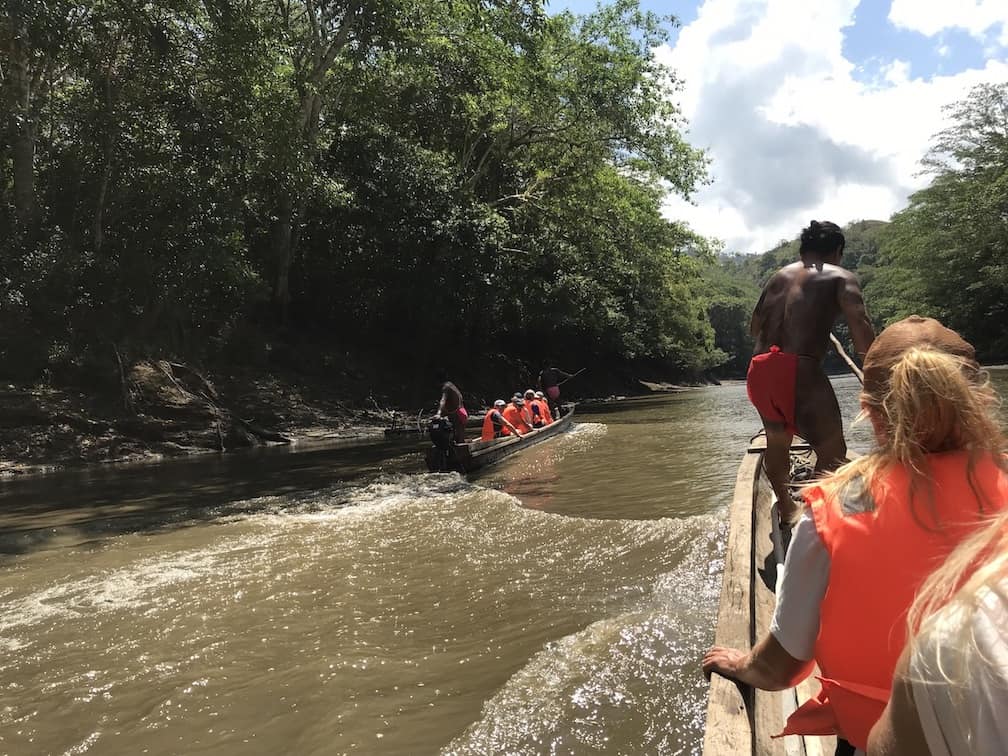
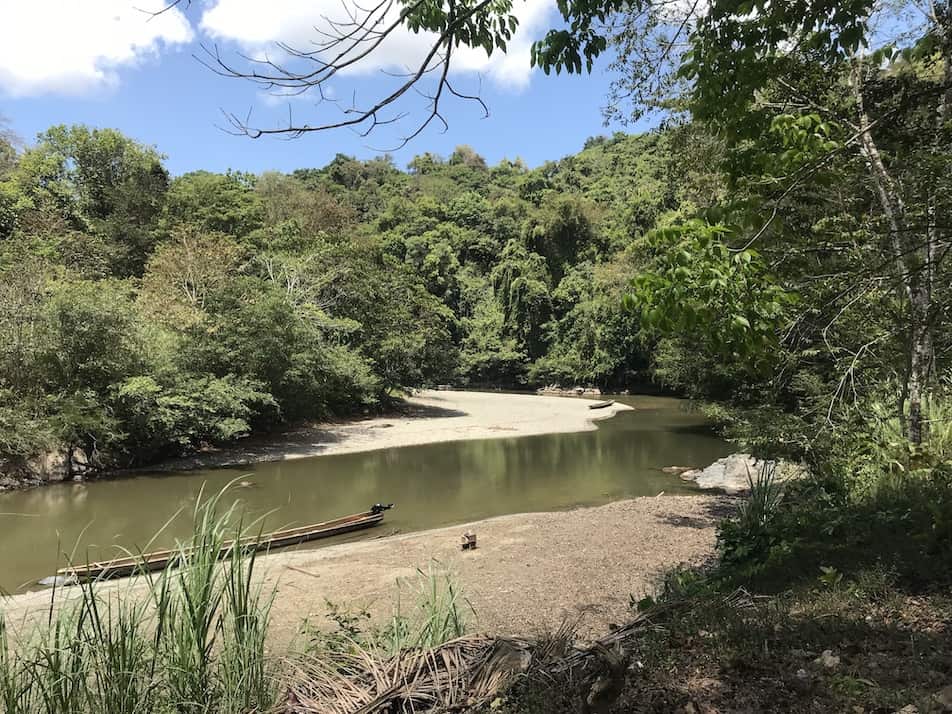
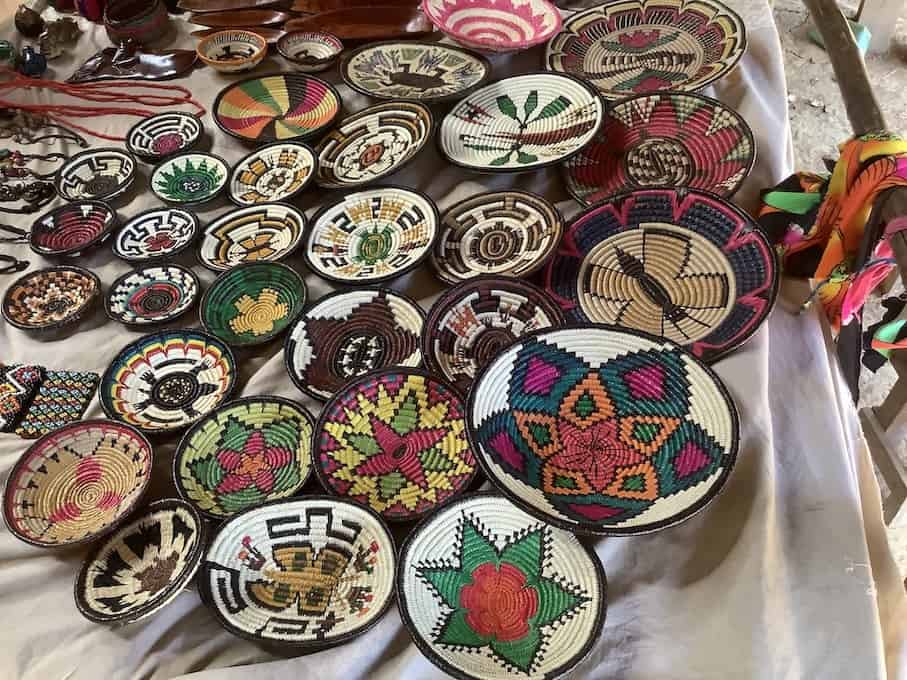
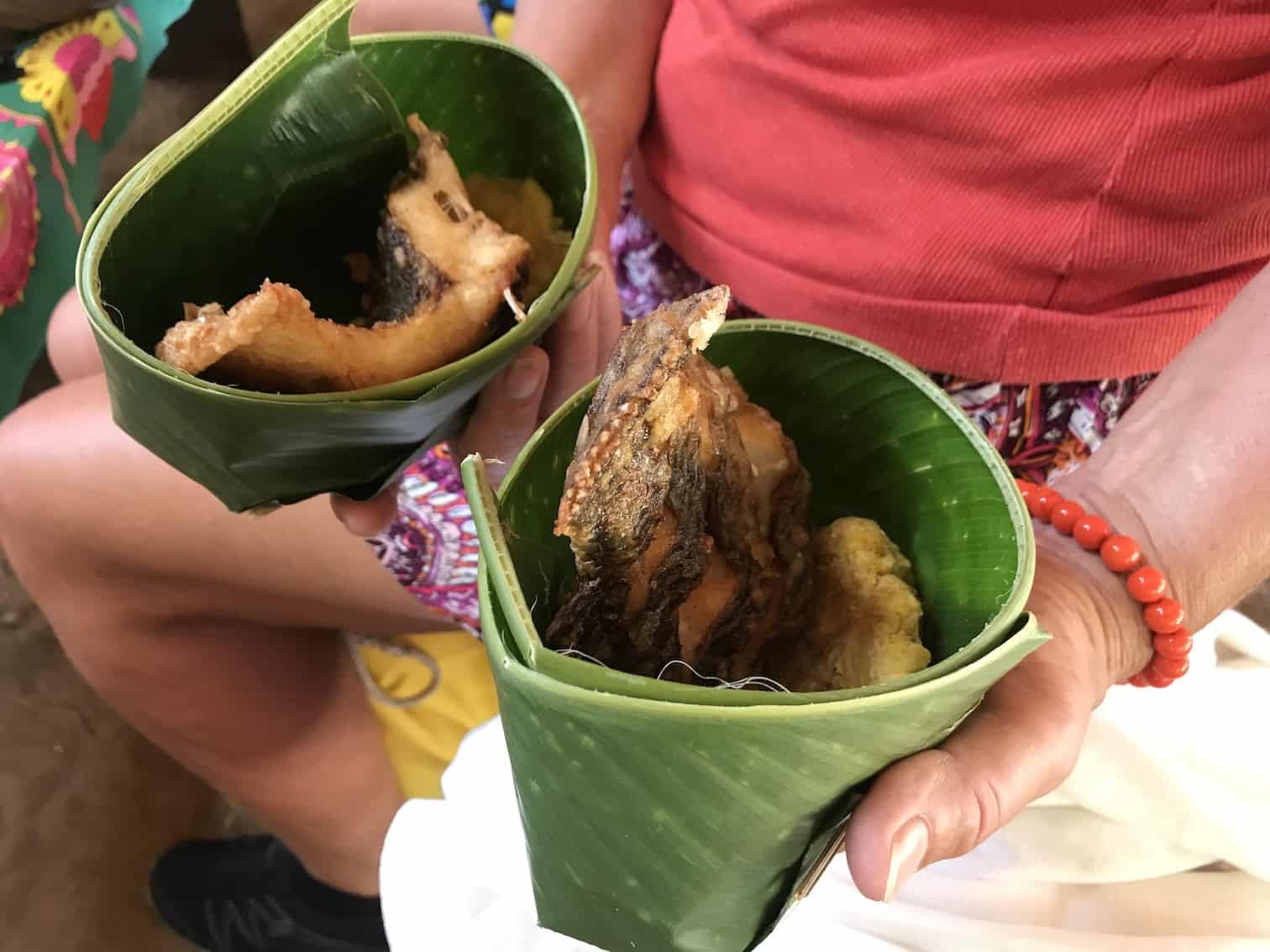
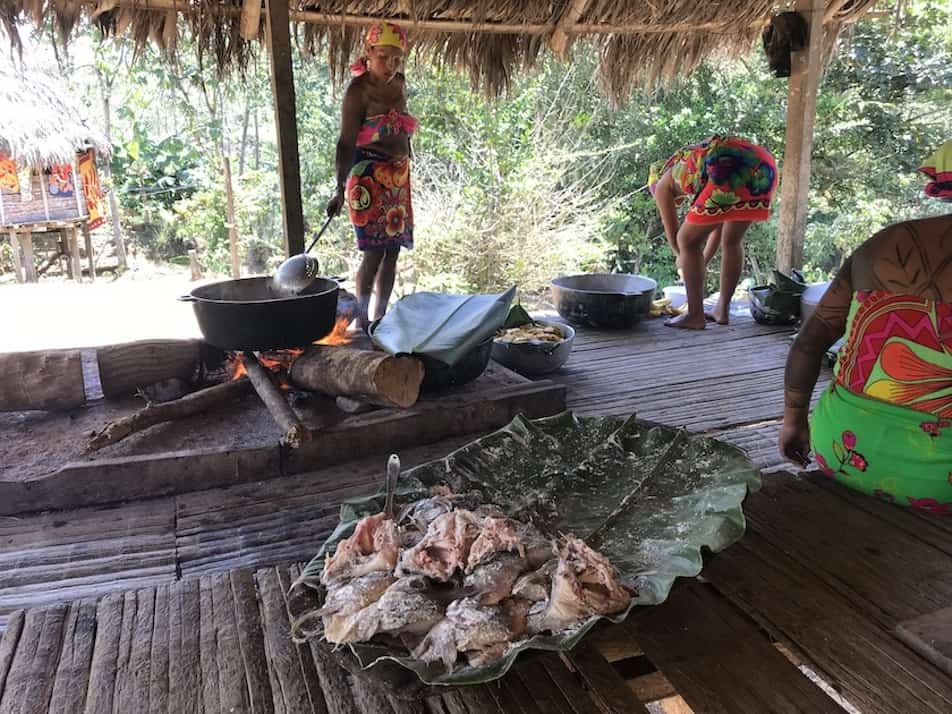

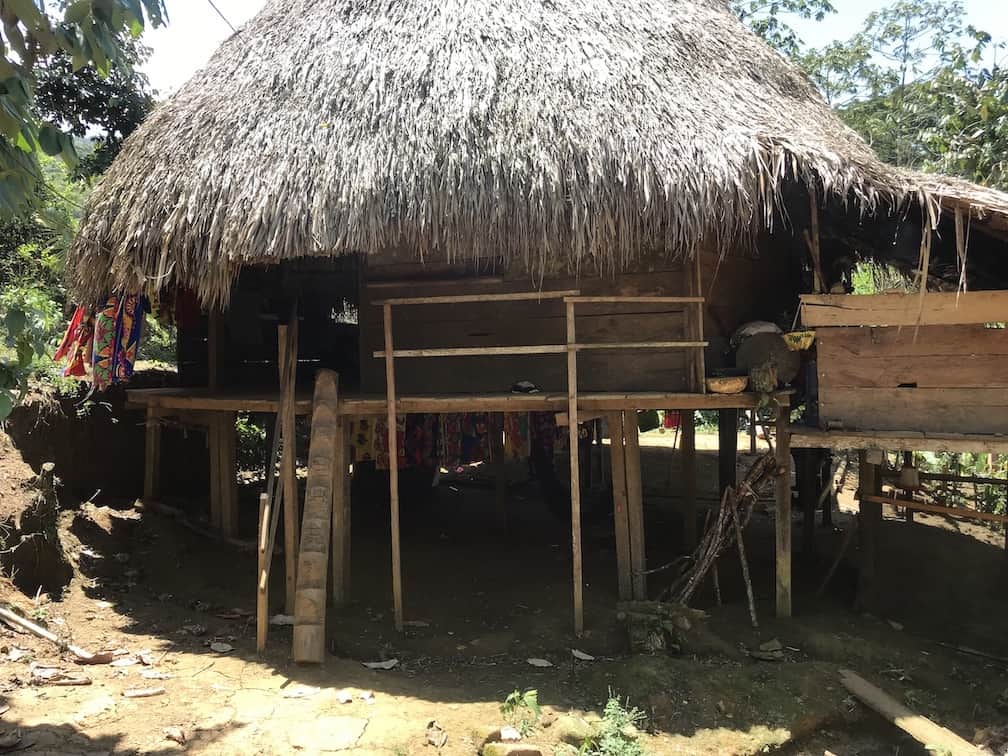
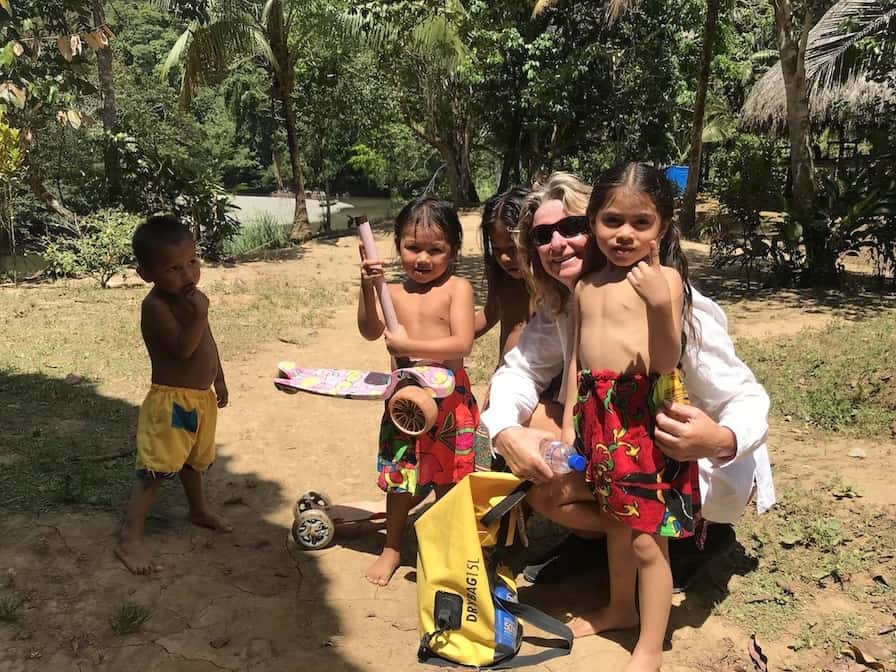

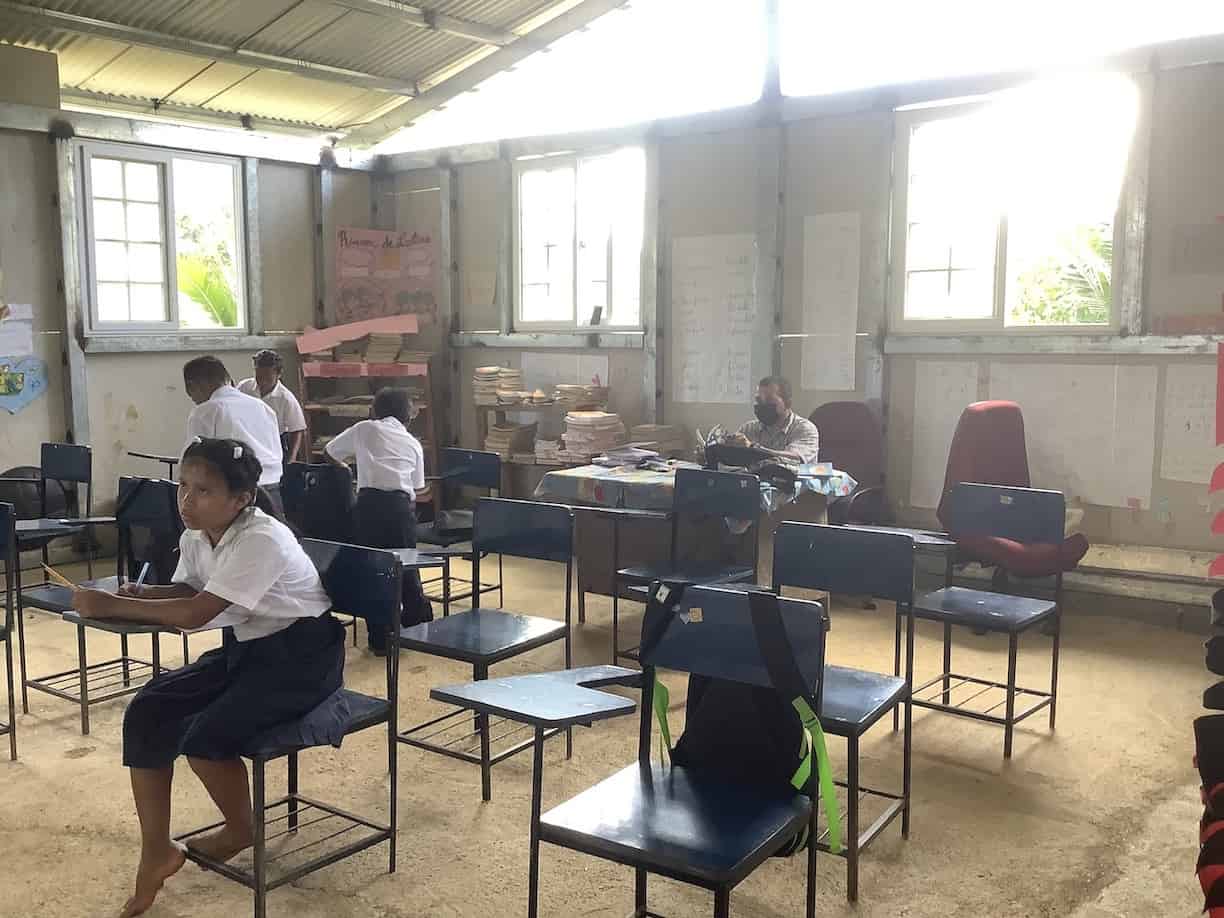
Glad you got visit this spot that has been so impacted by the canal
Hi,
It was fascinating and made us realise how little we actually know about this area!
Great reading about your travels too.
See you soon
Agree with you Caron.
Having been down the Amazon deep in the jungle and seeing the Arsenal shirts on some of the kids and very precarious wiring to TVs in some of the huts it was all very weird and we were doing native dancing in another part of the village.
Hi,
Great to hear from you. Hope you are both well.
It was a strange experience and I felt bad about questioning its authenticity. Since then we have visited similar places in the Pacific and they have a much more genuine feel to them. We are currently in Tonga and we are definitely experiencing the real local life!!
Fascinating part of the world to visit Wish the tattoos would fade so easily in our society!
Definitely!!